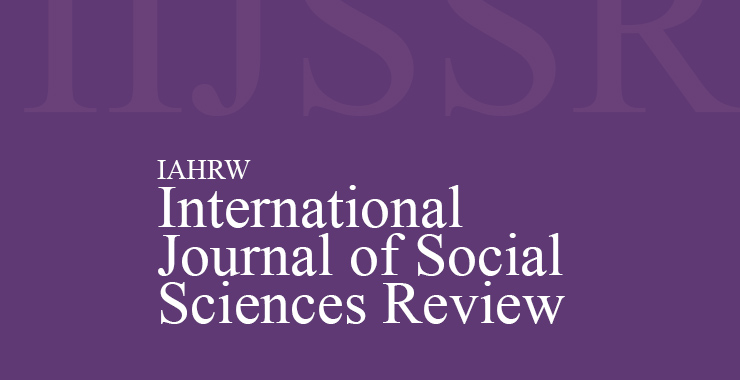A Review of Swachh Bharat Abhiyan’s Impact on India’s Waste Management System
Original price was: ₹ 201.00.₹ 200.00Current price is: ₹ 200.00.
Page: 252-256
Rashmi Kumari (Faculty of Social Sciences and Humanities, V.M. Patel College of Management Studies, Ganpat University, Ganpat Vidyanagar, Mehsana, Gujarat)
Description
Page: 252-256
Rashmi Kumari (Faculty of Social Sciences and Humanities, V.M. Patel College of Management Studies, Ganpat University, Ganpat Vidyanagar, Mehsana, Gujarat)
“The present Prime Minister of India Launched the Swachh Bharat Abhiyan (SBA) on 2 October 2014, the largest program on sanitation by the Government of India till date. SBA aims to make India Open Defection Free (ODF) through construction of individual, cluster and community toilets, to keep the villages clean, with solid and liquid waste management through Gram Panchayat.” (Sinha & Sinha, 2016). Launched by the Indian government in 2014, the Swachh Bharat Abhiyan (Clean India Mission) is a massive endeavour to address the nation’s long-standing waste management concerns. The effectiveness, difficulties, and room for development of the Swachh Bharat Abhiyan’s impact on India’s waste management system are the main topics of this review paper’s critical analysis. By means of an extensive examination of extant literature, official reports, and empirical studies, the purpose of this review is to offer an understanding of the successes and constraints of the Swachh Bharat Abhiyan in terms of revolutionizing waste management methods across the country. The campaign’s effects on public health, environmental sustainability, socioeconomic development, and waste collection, segregation, recycling, and disposal are important topics of research. Inadequate infrastructure, financial limitations, behavioural hurdles, and the requirement for more robust regulatory frameworks are among the issues covered in the review. It also suggests ways to improve the Swachh Bharat Abhiyan’s efficacy and sustainability, like as capacity-building programs, technological advancements, community involvement, and regulatory changes. This review paper adds to a better understanding of the intricate dynamics of waste management in India by synthesizing previous research and empirical data. It also offers insightful information to practitioners, policymakers, and researchers who are working to address the urgent environmental and public health problems related to waste management.

